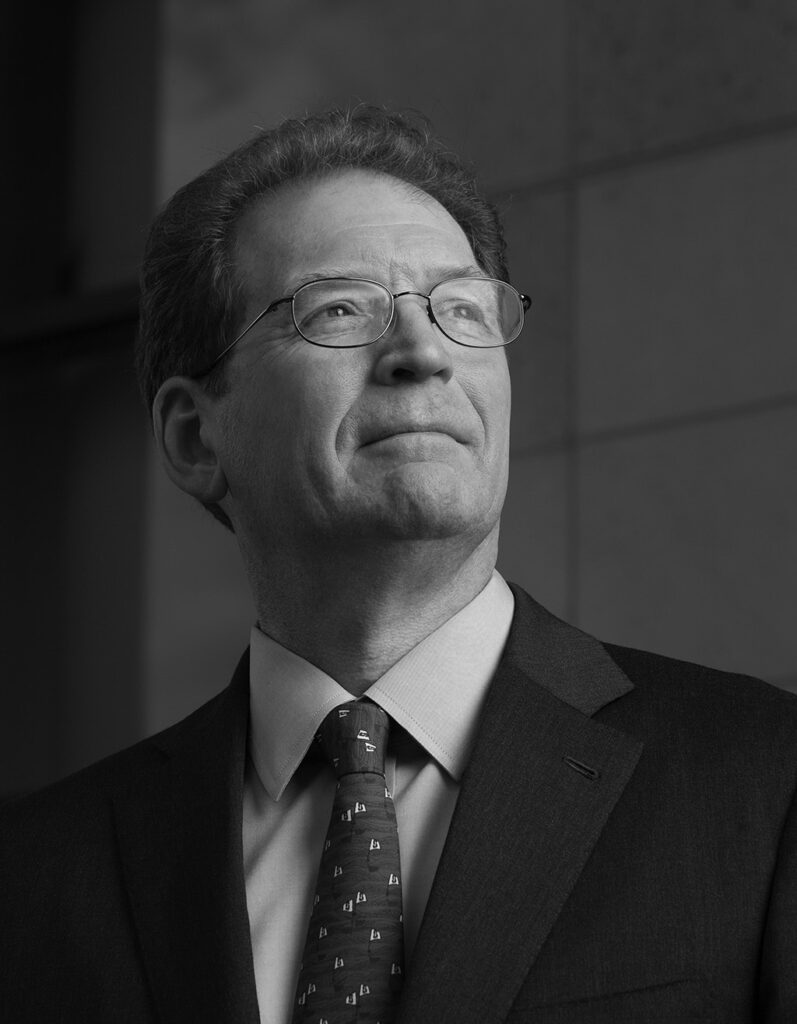The subtle cycle
Letter from the Dean
Our bodies are in a constant state of renewal. The cells that compose the top layer of skin are consistently shed to make way for new, vibrant cells pushed up from below. It is here, at the deepest layers of the skin — the dermis and hypodermis — where this routine cycle of transformation begins.
Medicine is not unlike the skin. It is in a constant state of renewal as older, less effective practices are shed to make way for fresh ideas, discoveries, innovations and technologies that transform the way we detect, treat and prevent all diseases.

Looking at our own skin, it appears static. When the skin is healthy and performing as intended, we do not see the cycle of transformation that happens at these subcutaneous levels. We aren’t aware of the functioning that lies beneath the surface.
Medicine is no different. If the skin’s surface is the care patients receive from our doctors, nurses and other providers in our clinics and hospitals, innovative and high-value care should rise naturally through the layers of our health delivery system. The underlying mechanisms and engines drive innovation and transformation and push them to the epidermis of medicine in the form of outstanding patient care.
At Stanford Medicine, we are uniquely poised to drive this cycle of renewal. Our basal layer — the bottom of the epidermis in which new cells are continuously produced — is our fundamental, or basic, research. Discoveries made here unlock the mysteries of biology and drive possibilities up through to the next layer, our translational research. Here, we make possibilities a reality, moving innovation from the lab to the patient’s bedside.
Working collaboratively across disciplines, each scientific finding builds upon previous findings like the way new skin cells push aside the ones that came before them. When a major discovery breaks through the surface, it often makes headlines around the world, but the real amazing work is the step-by-step, cell-by-cell, advancement happening here every day.
This life cycle is not unique to academic medicine. We see this same pattern throughout health care, with the Affordable Care Act shifting the insurance landscape, as well as health-care startups rising to solve our toughest challenges and make care more efficient and convenient for patients.
Looking at the state of health care from above, as most of us do, it is easy to wonder if much is happening when we can’t always see the change. We focus on the imperfections in the surface, such as the scrapes and wrinkles. But it is the unseen forces at work today that will shape how we stay healthy tomorrow.
Sincerely,
Carl and Elizabeth Naumann Dean of the School of Medicine
Professor of Otolaryngology-Head & Neck Surgery
June 2015
